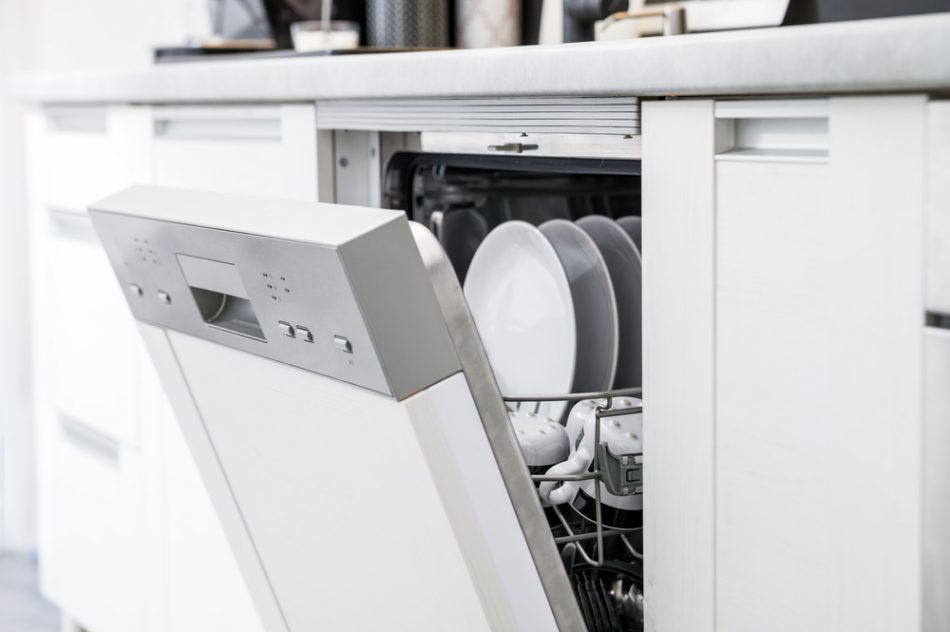There’s no shortage of earnest advice about all of the ways you can reduce your energy use at home. Beyond the obvious stuff like setting your thermostat wisely, many of the tips, tricks, and optimizations take a lot of effort for a small payoff. From Liam McCabe at the New York Times, the following, often-overlooked, tips are here to help you save a chunk of energy, and maybe some time and frustration while slashing your carbon footprint and saving money:
Don’t pre-rinse before loading your dishwasher: Using a dishwasher is almost always more efficient than washing your dishes by hand. But you can save even more energy, water, and drudgery by skipping the pre-rinse, too. Just load those crusty, greasy dishes right into the dishwasher. It’s best to scrape off big globs of food, especially anything leafy or starchy, but basically anything goes.
When you skip the pre-rinse and let the dishwasher do what it’s designed to do, you’ll easily save a few thousand gallons of water and likely dozens of kWh of electricity for your water heater per year.
Hang dry your clothes as often as you can: According to the U.S. Energy Information Administration, electric clothes dryers account for 5 percent of all residential electricity use nationwide — that’s massive amounts of energy for a task that does itself, given enough time and air.
Ditching the dryer altogether can save you as much as $90 worth of electricity per year, but even hang-drying just some of your laundry can make a big difference while helping your clothes last longer.
Turn off the ice maker in your fridge: If your fridge has a built-in ice maker, you should know it causes your fridge to use 12 to 20 percent more energy. Ice cube trays, on the other hand, do the same job using no extra energy.
What’s more, built-in ice makers can be finicky, and they are expensive – in the unfortunate case that your ice-maker breaks, you might have to pull out at least $240 out of your pocket for the repair.












